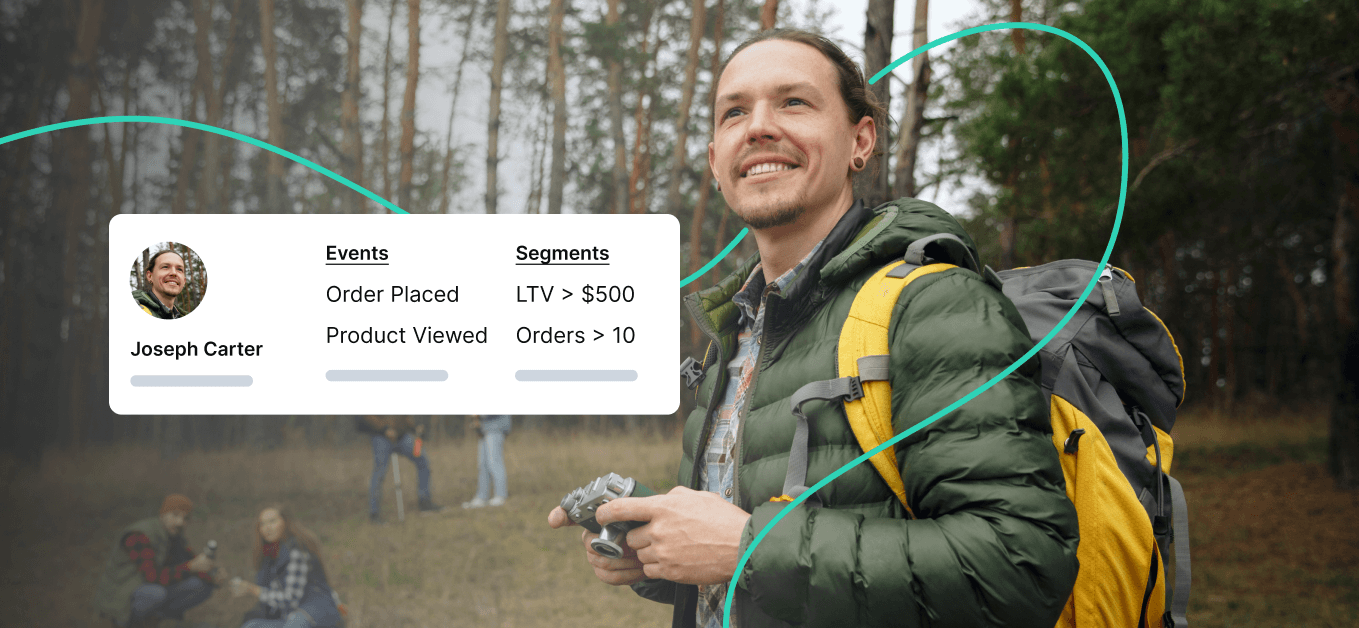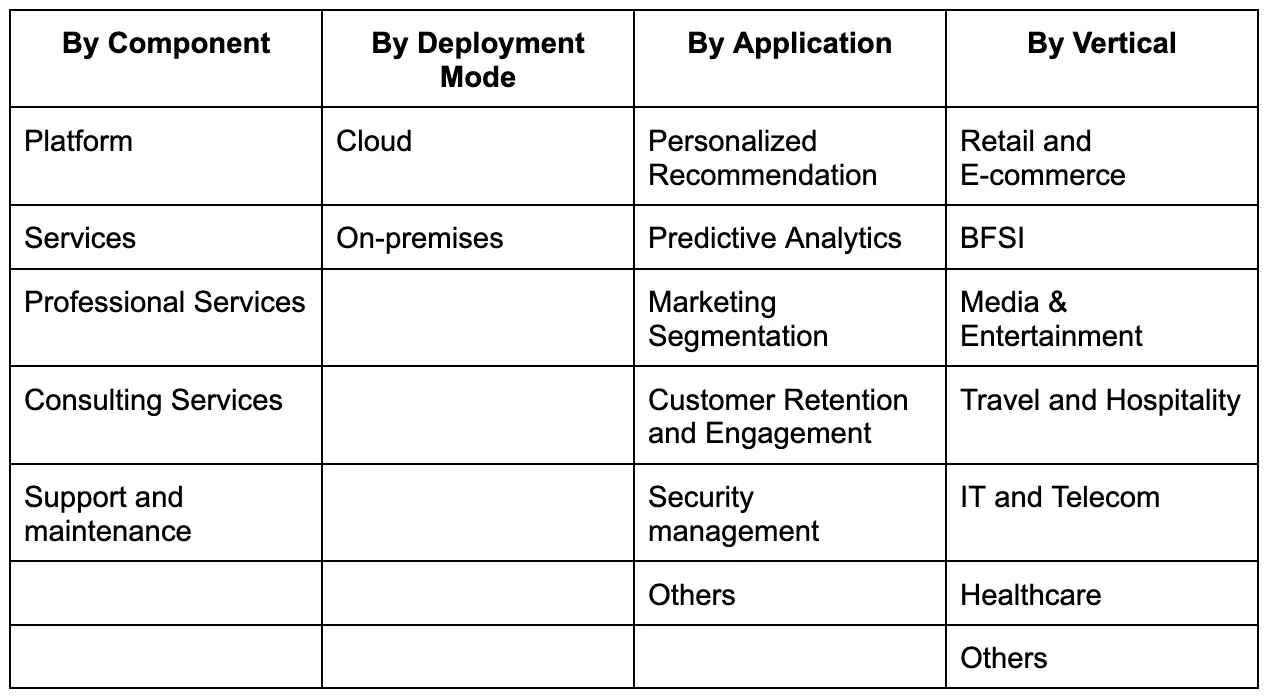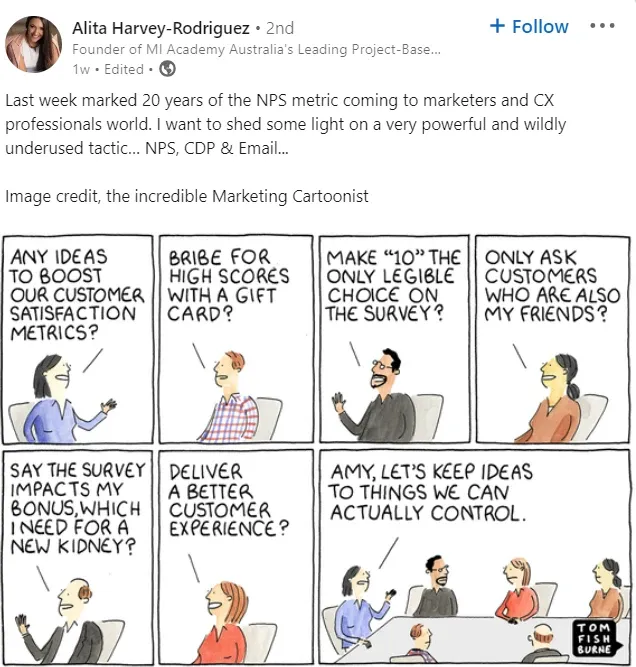In the constantly changing digital world, the data environment is going through a major change. A new era of transparency and permission is replacing the era of “don’t care” data collection, which is represented by the disappearance of third-party cookies and the change in privacy laws. A clear truth stands out against this changing background: first-party data isn’t just a buzzword; it’s the foundation of effective and ethical marketing.
The question arises: How can businesses leverage this paradigm shift and adeptly harness this invaluable resource? The answer lies in Customer Data Platforms (CDPs), the catalysts propelling the first-party data revolution. Within this blog, we’ll delve into the pivotal role of CDPs in facilitating the acquisition, organization, and optimization of your first-party data.
Why Is Third-Party Data Being Phased Out?
For a long time, advertisers and marketers used third-party cookies as their favorite way to track users’ journeys across different websites, get insights, and offer personalized interactions. In an effort to deliver more relevant and engaging ads, marketers spent $22 billion dollars on third-party data in 2021. However, the uncontrolled accumulation of data raised serious privacy concerns, which made regulators and the general public angry.
Recently, a study conducted by Boston Consulting Group and Google found that:
- Two-thirds of people only want to see ads that are relevant and useful to them
- 64% of people don’t trust companies to protect their data.
This response led tech giants like Google and Apple to take decisive action by phasing out third-party cookies from their platforms.
David Temkin, Director of Product Management, Ads privacy, and Trust at Google, said
“People shouldn’t have to accept being tracked across the web in order to get the benefits of relevant advertising. Advertisers don’t need to track individual consumers across the web to get the performance benefits of digital advertising. Advances in aggregation, anonymization, on-device processing, and other privacy-preserving technologies offer a clear path to replacing individual identifiers.”
This turning point forces marketers to rethink their strategies and look for more sustainable and ethical alternatives. Beneath the surface of this seemingly challenging scenario lies a chance to connect with customers in a precise, meaningful way that is based on their consent, mostly through the strategic use of first-party data.
First-Party Data: The New Goldmine
First-party data is the treasure trove of information that companies get directly from their interactions with customers. It includes website visits, mobile app engagement, social media interactions, customer feedback, completed purchases, and more. In contrast to third-party data, which can be inaccurate or out of date, first-party data is accurate and up-to-date, and it gives real-time insights into how customers act and what they like.
One of the best things about first-party data is that it can be used in many ways. Whether harnessed for customer segmentation, precision-targeted advertising, or predictive analytics, its potential applications seem infinite. Importantly, because this data comes from the heart of customer experiences, it helps marketing become more sophisticated and personalized.
As you directly collect this data from your customers, often fortified with their explicit consent, you’re navigating on firmer legal ground within data privacy regulations like GDPR or CCPA.
Regulations addressing the collection and use of customer data exist in every region across the globe with new regulations constantly emerging. Having a plan in place for managing user privacy choices is the bedrock of a strong first-party data strategy.
How marketers should think about building a first-party data strategy?
We must all recognize the importance of user-shared data and the need for clear privacy policies that allow user control and transparency.
Every interaction your consumer has with your company provides an opportunity for you to learn more about them and build a better relationship. That is why it is critical that you have the tools and consent to manage their data. So, how do you go about doing that?
Let’s start with information about people who visit your site. You can use the information people share when they use your website more effectively if you set up a strong tagging system. Setting up site-wide tags can help you use first-party cookies to get more accurate conversion data. When you use tools like Google’s global site tag or Google’s Tag Manager, you can tag things in this way. Mobile app users can also share first-party info. You can get a software development kit for your mobile app, which will help you track what people do inside the app.
But what do you do when direct consumer isn’t viable? Jaylen Baca, global product lead for privacy at Google, suggests using partnerships or B2B deals to connect directly with the users and build up your first-party data.
For example, if you are a food and beverage brand, you may explore partnering with a home meal kit vendor to expand your customer reach and data.
How will it change the consumer experience?
Now, most of you are probably wondering if first party data activation will result in more relevant advertising and fewer obnoxious ones, or if buyers will cease seeing commercials for a product after they actually buy it.
You see, the great thing about first-party data activation is that it will force companies to tell better stories. By adding all of these different pieces of data together, they can make a better personas that they can use to sell better stories. Consumers will have a better experience and should be able to have better conversations with their brands across all of the different touch points and platforms in a responsible and appropriate way.
The Central Role of CDPs
As per Polaris Market Research, the global customer data platform market size is expected to reach USD 49.80 billion by 2030 at a CAGR of 35% during the forecast period.
Here’s a break down of the CDP market for your better understanding.
The Rise of First-Party Data and The Central Role of CDPs
In simpler words, CDPs are a unified repository where data from various touchpoints like websites, mobile apps, email marketing platforms, CRM systems, and even offline sources converge. They also offer tools to manage data privacy settings and consent mechanisms, ensuring that the first-party data is stored and utilized in compliance with data protection regulations. This feature is crucial in the current climate of increasing scrutiny over data handling practices.
But how exactly do they accomplish this? Let’s break down the mechanisms and features that make CDPs indispensable for leveraging first-party data.
One of the most significant challenges that businesses face is data fragmentation. With multiple platforms and touchpoints generating data, creating a single view of the customer can be daunting. CDPs address this by unifying all first-party data sources into a centralized hub, thus eliminating data silos. Moreover, CDPs excel at capturing and processing first-party data in real-time. This capability allows marketers to respond to customer behaviors instantaneously, whether that involves personalizing a webpage or triggering a targeted email.
Beyond just collecting and centralizing data, CDPs offer features for data enrichment and segmentation. They can categorize and tag data based on specific criteria, making it easier for businesses to target specific customer segments.
This granularity enhances the efficacy of personalized marketing campaigns. Once first-party data is centralized and segmented, CDPs facilitate its activation across multiple marketing channels. Be it social media advertising, content personalization, or email marketing, the platform ensures that the data is readily available for real-time, multi-channel campaigns.
Most businesses use the native form builder in next-generation CDPs for their NPS. Every response is added to the person’s profile, which lets you target them (or leave them out of) certain marketing campaigns. Even Alita Harvey-Rodriguez, Founder of MI Academy, suggests this underutilized strategy of CDP, NPS, and Email.
Alita Harvey-Rodriguez, Founder of MI Academy
Also, one of the most underestimated areas of data management is user accessibility. CDPs often have user-friendly interfaces that allow even non-technical workers to extract insights, create segments, and execute data-driven campaigns. This democratization of data access increases the value of first-party data across the business.
Optimizing Data Collection for First-Party Data
Gathering data isn’t just about piling up lots of information. It’s about getting the right kind of information intelligently. This helps your Customer Data Platform (CDP) better understand your customers’ wants.
The first step is to look at how you’re currently collecting data. Are your online forms easy to use? Are you consistently collecting data across all your platforms? Consistency is vital to ensuring your data is reliable and can be combined in your CDP.
People interact with your business in different ways—through your website, customer service, live events, and even other online forms. You need to grab the chance to collect data in these situations. But remember, you need permission from customers to use their data. This helps with following laws and building trust.
When designing forms that collect data, balance is everything. If your form is too long and complicated, people won’t finish it. You won’t get the information you need if it’s too short. This is where A/B testing can help.
Once the data comes in, you’ve got to check it for mistakes. This ensures that the email addresses, phone numbers, and other information you collect are correct. That way, you can be sure you’re reaching out to real people and improving their experiences.
Last but not least, remember that data changes. People move, change jobs, or get new contact info. You must keep your data up-to-date so your CDP always has the freshest information, allowing you to better serve your customers.
Closing Musings
Traditional data collection methods don’t work in modern business, where consumer expectations are higher than ever. The era of third-party cookies has ended, and new rules about privacy have changed the data environment. In this significant change, customer-centricity is built on first-party data. The CDP is the marketer’s best tool for doing great work, from ensuring data is correct to personalizing it in any way they want.
Are you ready to unleash the full power of your first-party data and create customer resonance? Click here to learn more about Connect by Lifesight, which connects, analyzes, and galvanizes customer data to create powerful, targeted marketing that yields success.
You may also like
Essential resources for your success


























































